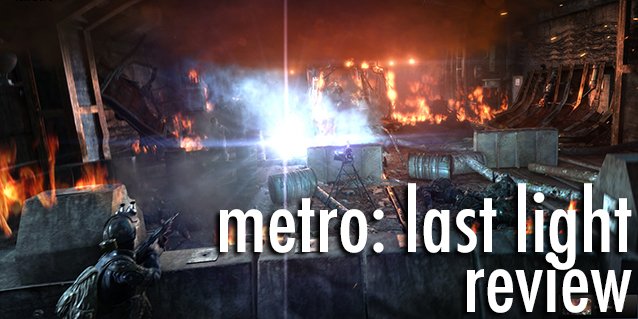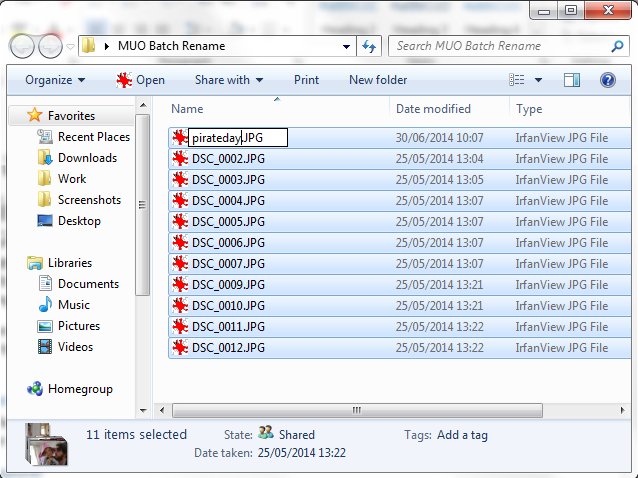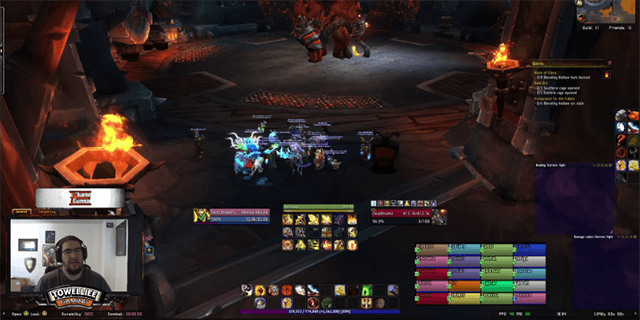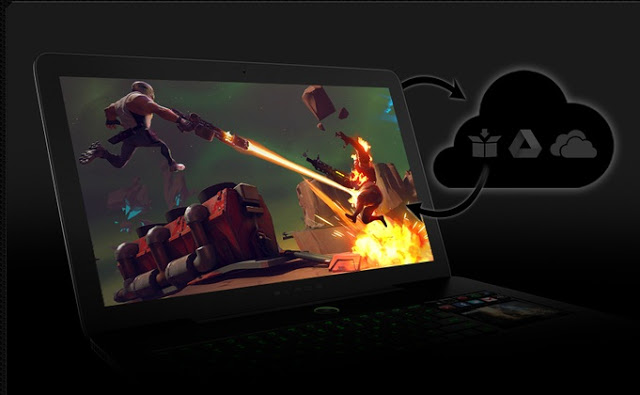

On paper, Forza Motorsport 5 is a massive disappointment. Its car roster has been halved, leaving a paltry 200-odd to Forza 4’s 500-plus, and its showing of tracks is so limited that you’ll likely have raced on a variant of each within the first hour of play. The career mode has been stripped down as well, and the game's few additions are minute. It looks great, but it doesn’t come close to defying next-gen expectations. But in practice, even with a drastically diminished amount of content, there's still more to do here than any reasonable person would ever have time to complete. In that sense, Forza Motorsport 5 is only a slight disappointment--no, you won't get as much content as you might expect, but that reduction has actually led to a few gains.
Forza 5 holds fast to what separates it from other games of its type--you can get realistic racing from a dozen other games, but Forza is special in its ability to engender in the player a real passion and desire to improve. Where other driving sims feel exclusionary and insular, Forza 5 wants you to jump in and have a good time, no matter your fluency with cars or racing games. And the non-I'm-in-a-car-driving features are present and as deep as ever--a creatively inclined player could spend dozens of hours toying with the ludicrously extensive decal creation and painting system, and players without the time to invest can still peruse the community-curated storefront for amazing user-generated designs. That’s the thing: Forza 5 still has everything that made the last few games worth playing, and they all still form a cohesive package that deserves all of your free time, even if it seems a tad too familiar.
To understand how thinning the amount of content is a not-so-bad or even a good thing, you’ll have to bear with me for a brief tour of the franchise’s history. Back in 2005, the original Forza Motorsport had interesting ideas but struggled to make an impression. By the time Forza 2 rolled around, the series had found a place for itself by leveraging its accessibility and exterior features that no other driving sim offered. Forza 3 was the high point of the series, adding in a few straggling features that were perceived to be missing and offering so many advancements to the genre as to make it not just the best Forza game, but arguably the best console driving sim ever. And in 2011, Forza Motorsport 4 added… more cars.
Okay, I’m being a little reductive, but Forza Motorsport 4 did feel like a retread, and it proved that adding more raw content to the same package wouldn’t get developer Turn 10 very far. In that way, you could read the scaling-down of Forza 5 as more of a refinement than an outright deletion, with Turn 10 stopping to take stock of what makes the franchise great. For example: Yes, there are far fewer cars, but each one is detailed to the point of obsession. Every car is fully rendered, inside and out, for you to scrutinize and fetishize in the near-pornographic Forzavista mode. And that’s indicative of Forza 5’s philosophy as a whole. Sheer quantity has taken a backseat, with priority being given to detail and subtle improvements to the overall gameplay experience.
Take the career mode. On the surface, it seems slim and a bit aimless, but the result is a much slower, more focused progression that lets you play how you want and makes better use of the content that’s available. Career modes in previous games threw so much money and so many cars at you that you scarcely had a reason to stay in any one car for very long, but Forza 5 limits your resources and encourages you to make smart decisions with your car purchases. And because you won’t have unlocked dozens of cars within the first few hours, you finally have a compelling reason to delve into the game’s deep upgrade system. It ultimately gives the player a clearer avenue to explore everything the game has to offer. And it plays better, too; Turn 10 has yet again improved the physics simulation, however imperceptibly, and they’ve got a snazzy new AI system, dubbed the “Drivatar,” that’s designed to keep players on their toes.
The theory behind Drivatar, not to mention its implementation, might just be Forza 5's game-changer. Traditionally, the AI in racing games has been lousy, due mostly to the fact that it's hard enough for most people to get the mechanics of racing down. Rather than tough AI, the challenge is typically one of besting your lap times--if you want a real challenge, you head online, against human opponents. With Forza 5, Turn 10 has attempted to solve that long-standing issue by imbuing the AI with the behavior of real players by way of their “Drivatars,” AI opponents whose performance is based on data gathered from all players. It’s an interesting idea that, in theory, should make the AI act in unpredictable ways. It remains to be seen just how gameplay-relevant the addition can be (given that the console isn't out yet, and significant player data has yet to be collected), but it has the potential to evolve and improve the game in exciting ways.
Forza Motorsport 5 is admirable in its pursuit of solving a tough problem. Having effectively perfected the console driving simulator years ago, Turn 10 was left with the option of driving in circles with a same-y annualized release, or peeling out of that cul-de-sac and onto the open road. With Forza 5, it chose to compromise in certain areas in an attempt to create something unique and fresh. It’s not entirely successful, as the sometimes-negligible improvements to the gameplay can’t quite make up for the sting of losing so many fan-favorite cars and tracks. But what is included is still terrific, and in some cases better than ever.




 The Witcher 3: Wild Hunt (PS4) review
The Witcher 3: Wild Hunt (PS4) review 7 Twitch Streamers To Watch If eSports Aren't Your Thing
7 Twitch Streamers To Watch If eSports Aren't Your Thing Tiny But Extremely Useful Bloodborne PS4 Tips, Tricks & Hidden Feature
Tiny But Extremely Useful Bloodborne PS4 Tips, Tricks & Hidden Feature Ricky Martin shares his new single Disparo Al Corazon
Ricky Martin shares his new single Disparo Al Corazon Save and Manage game progress in the Cloud on the PC
Save and Manage game progress in the Cloud on the PC